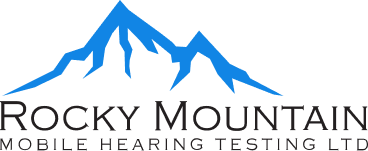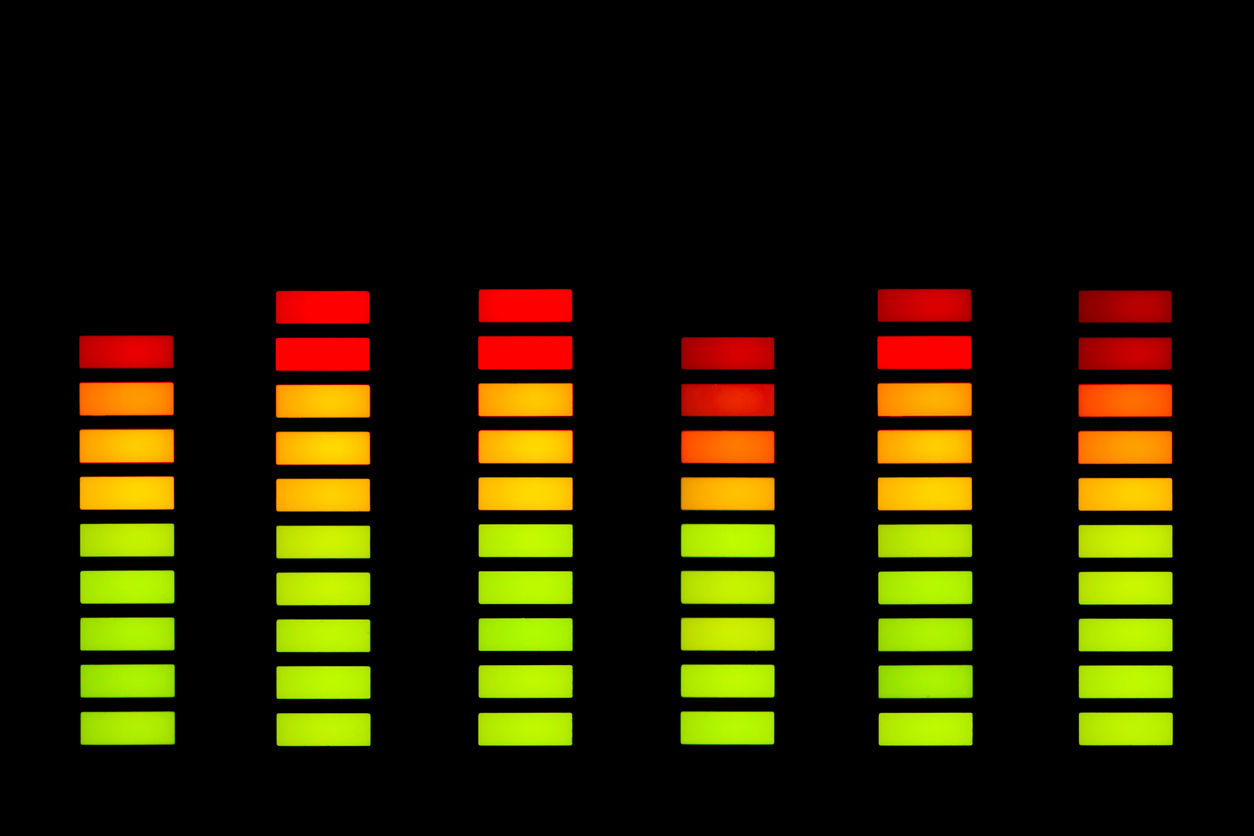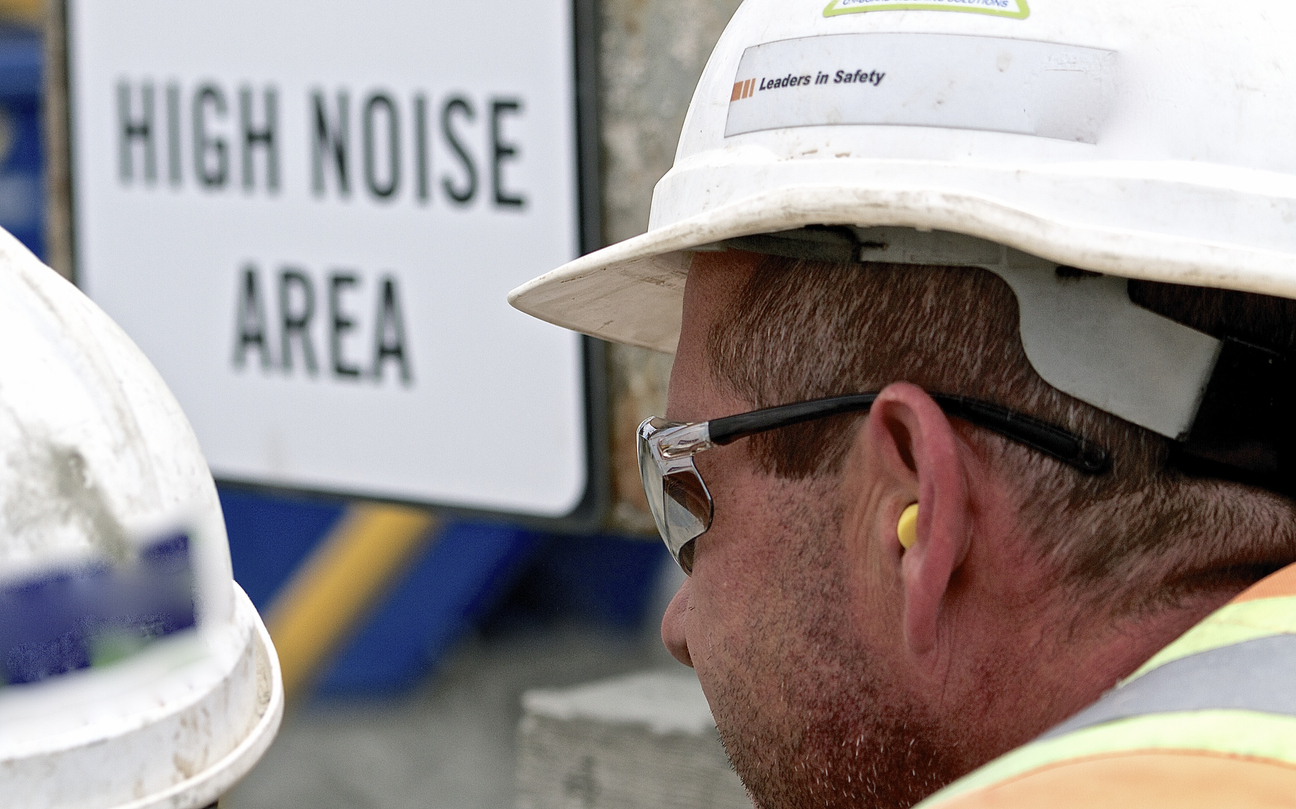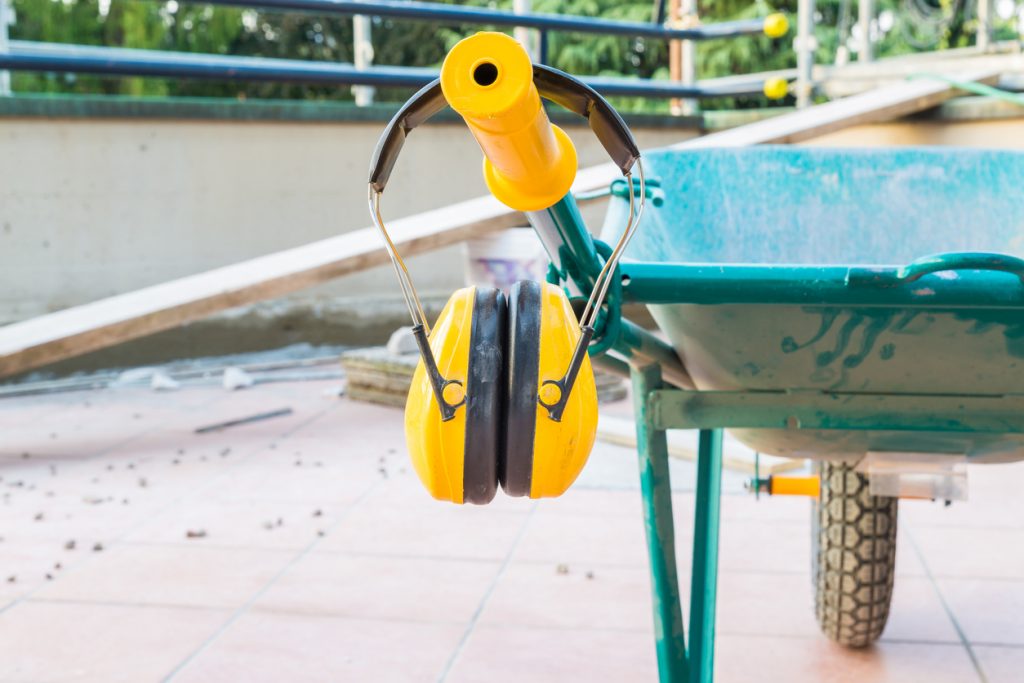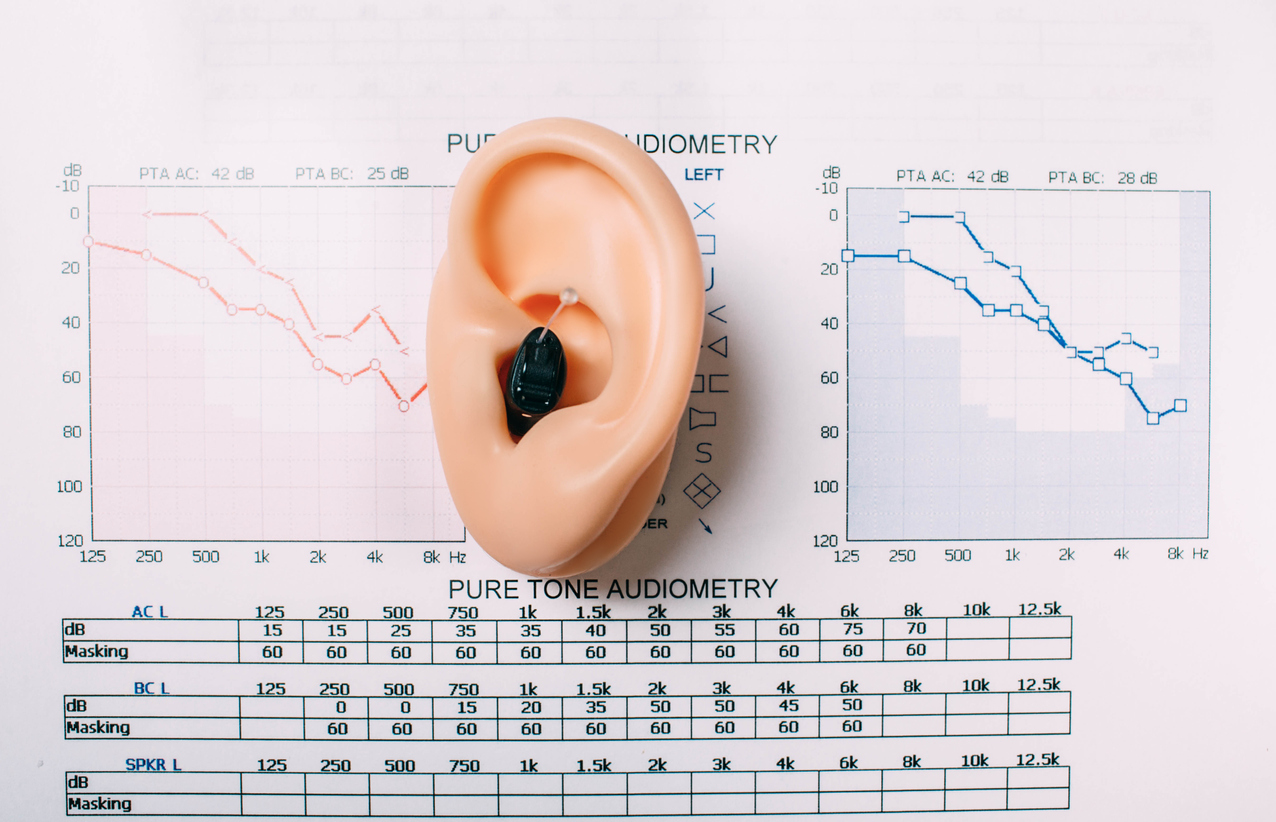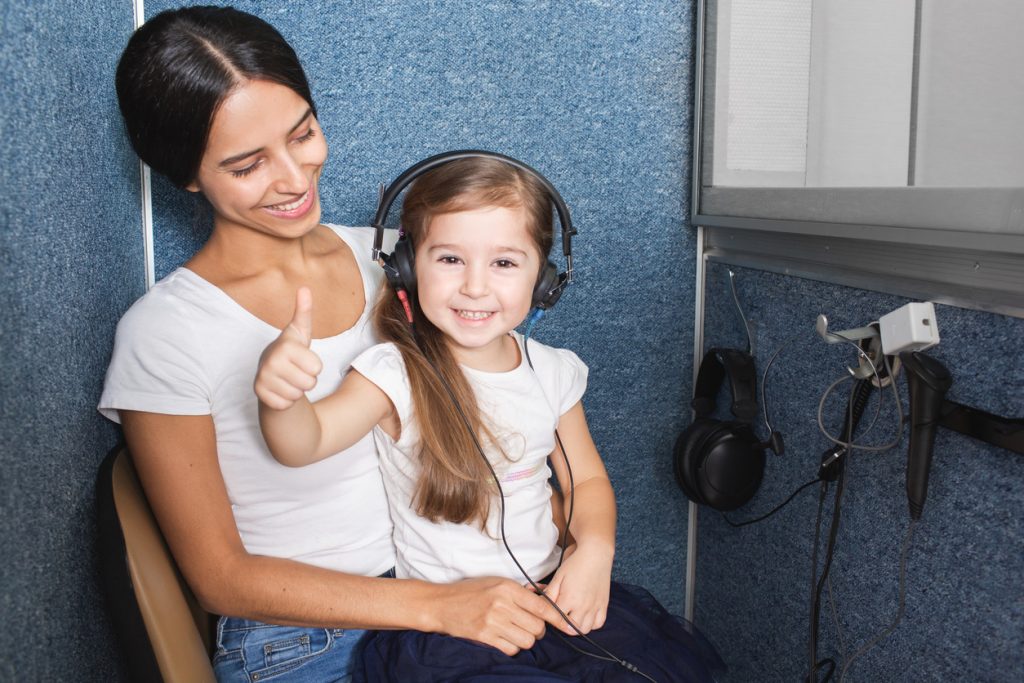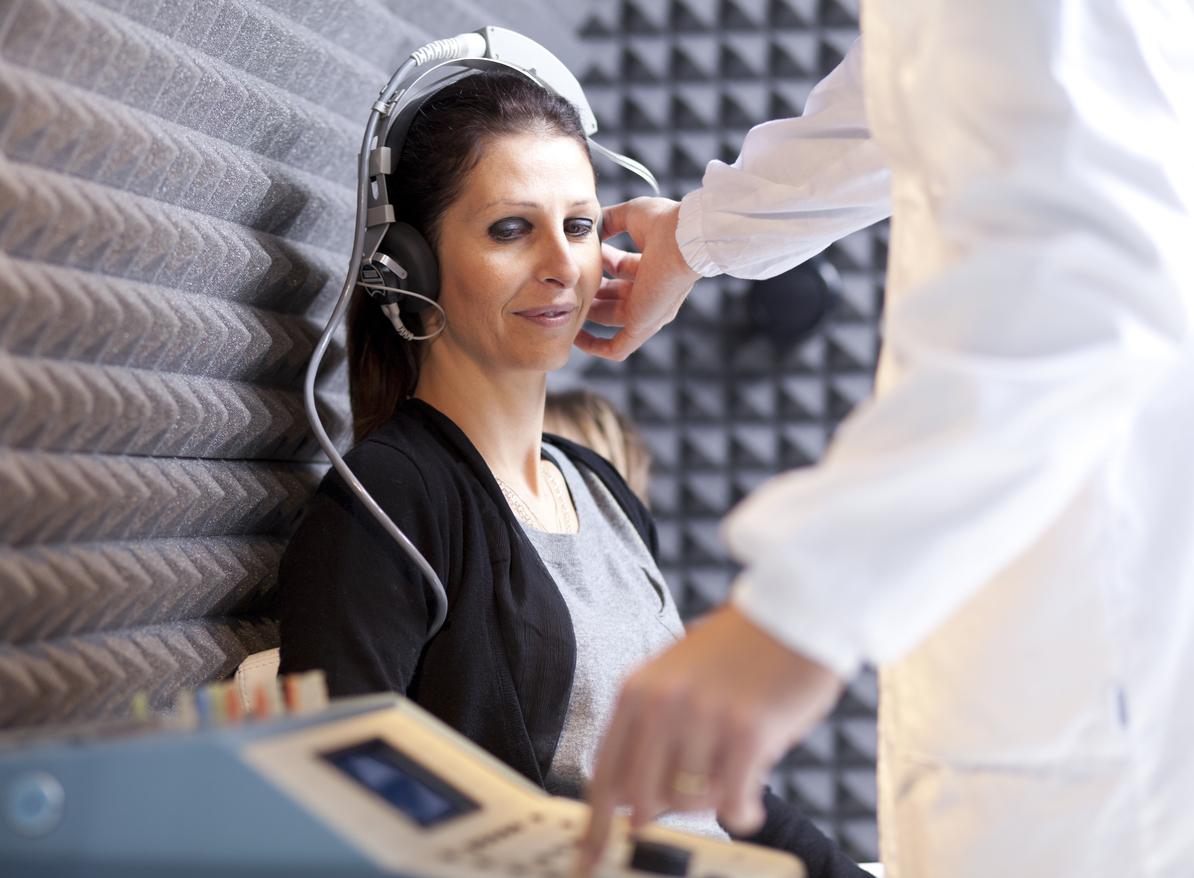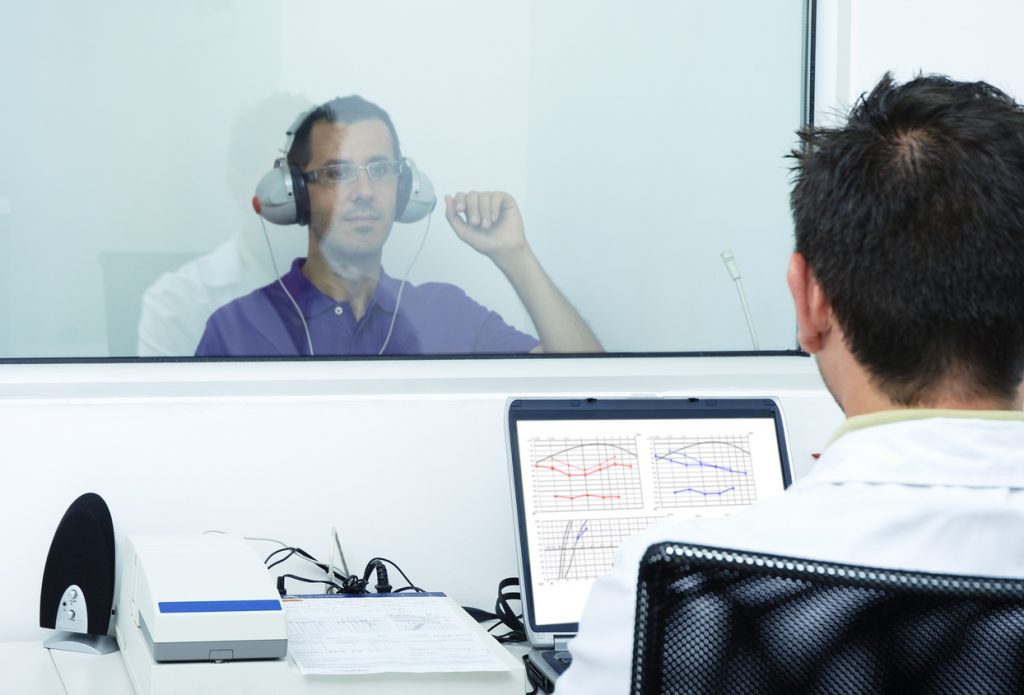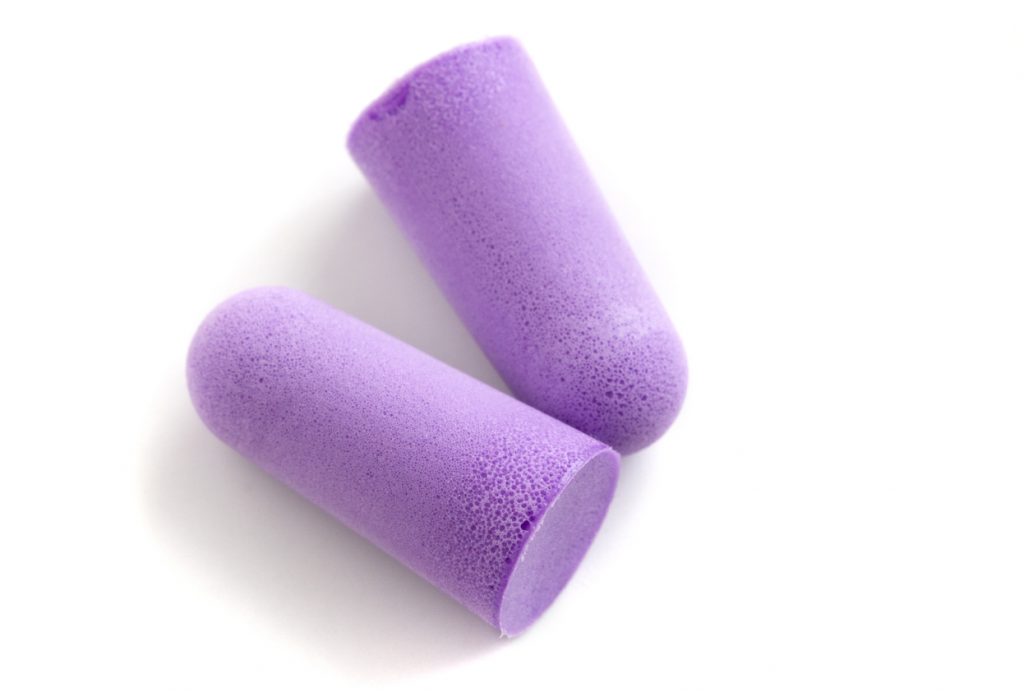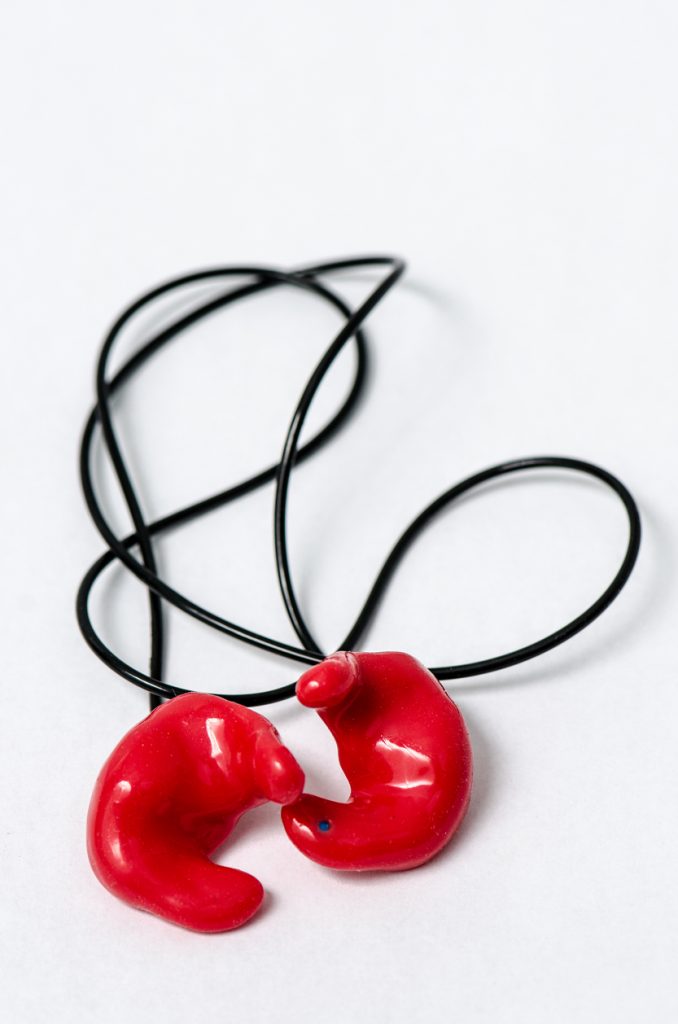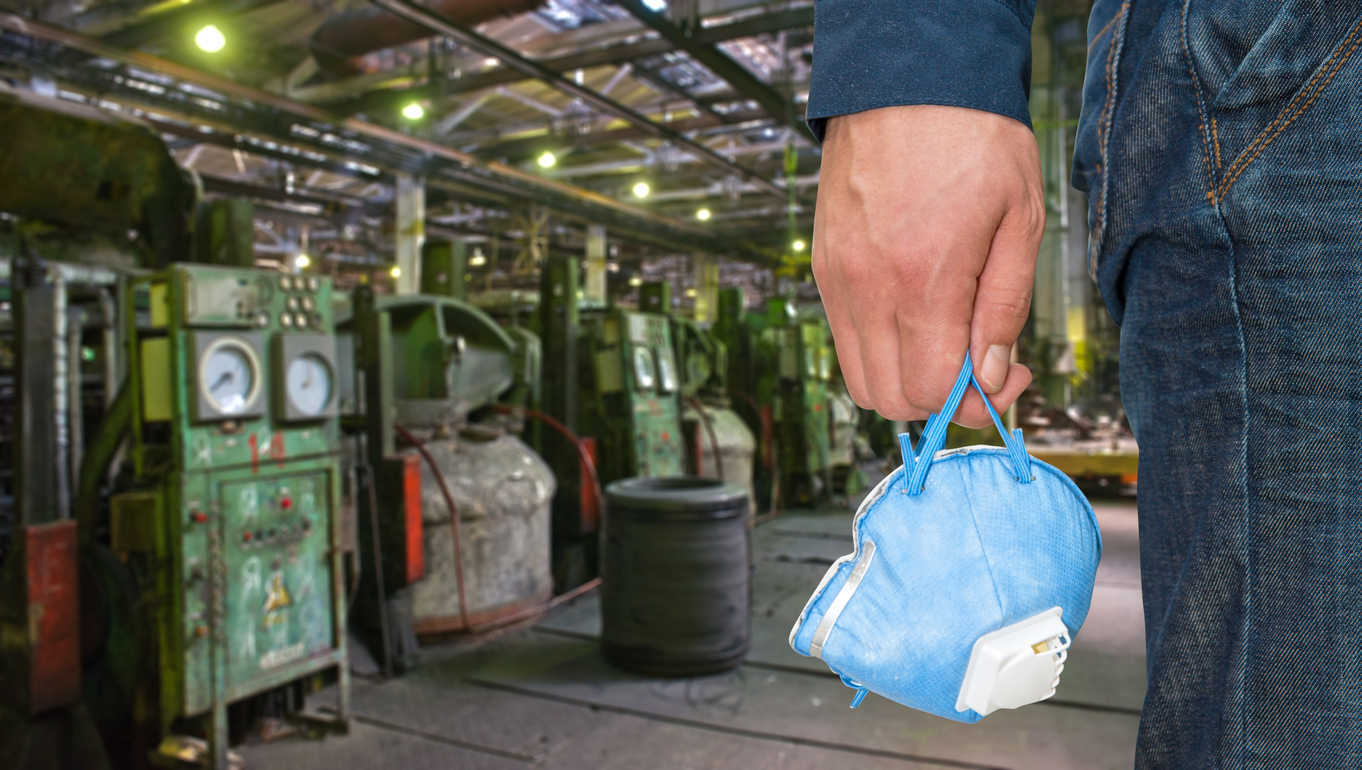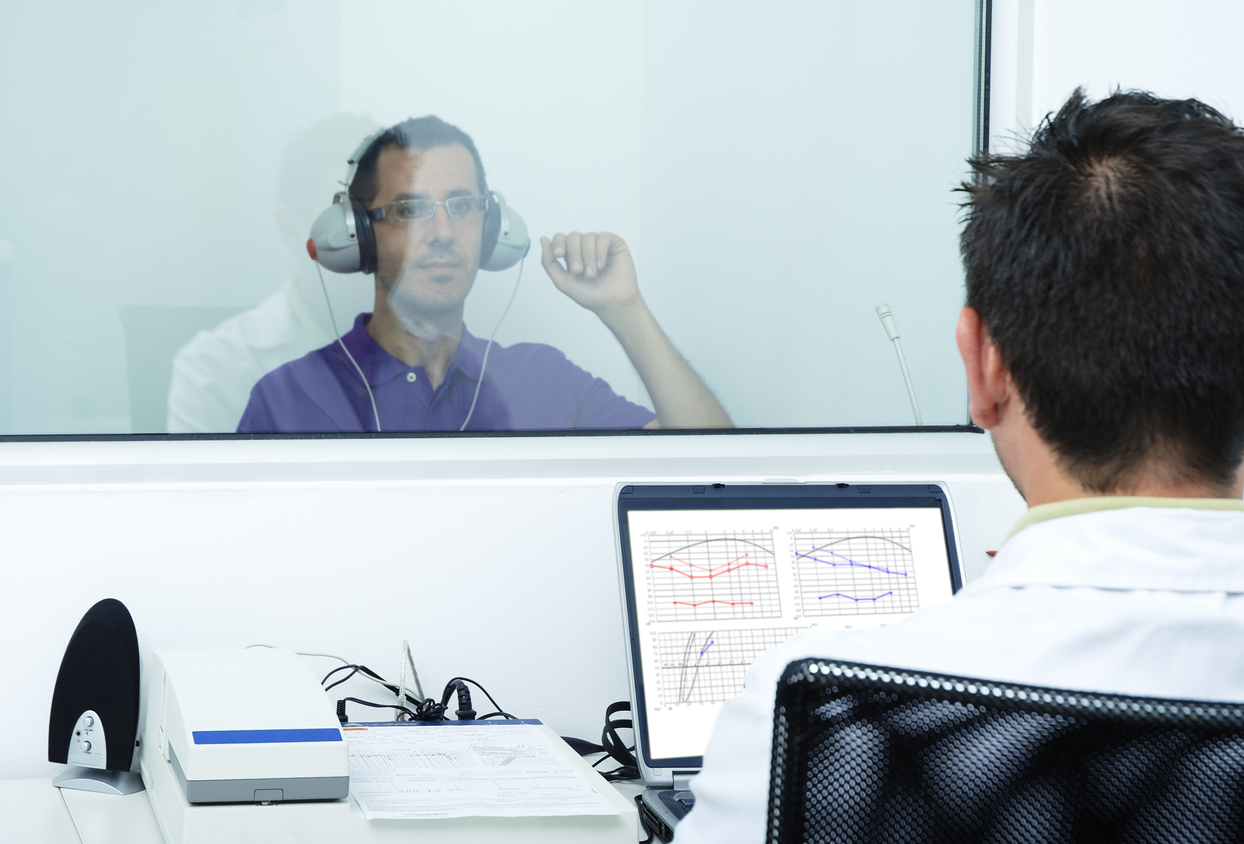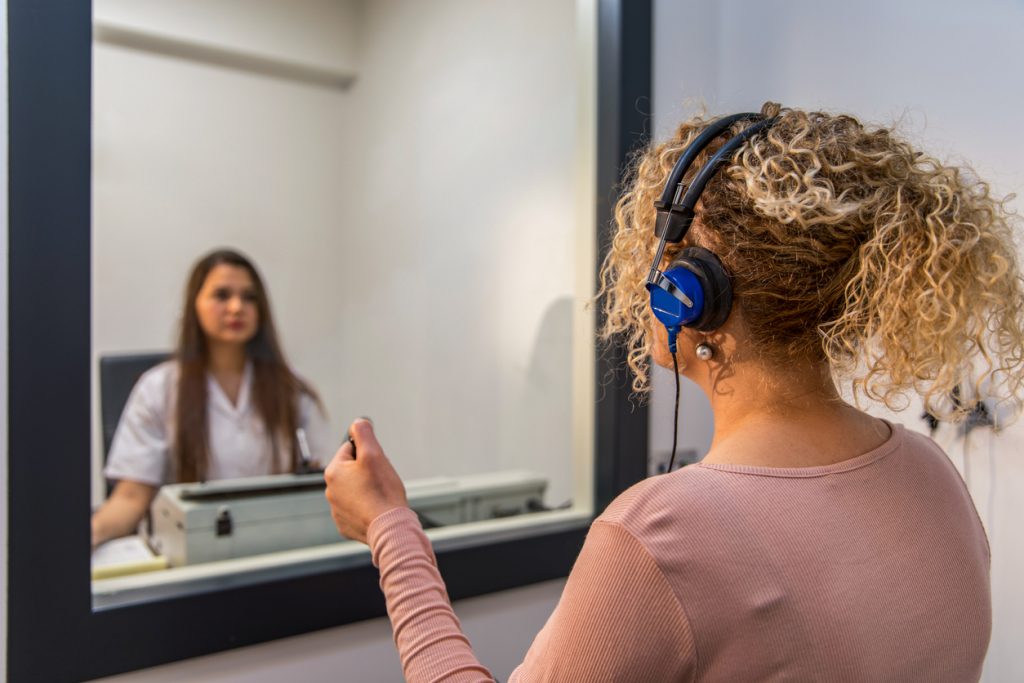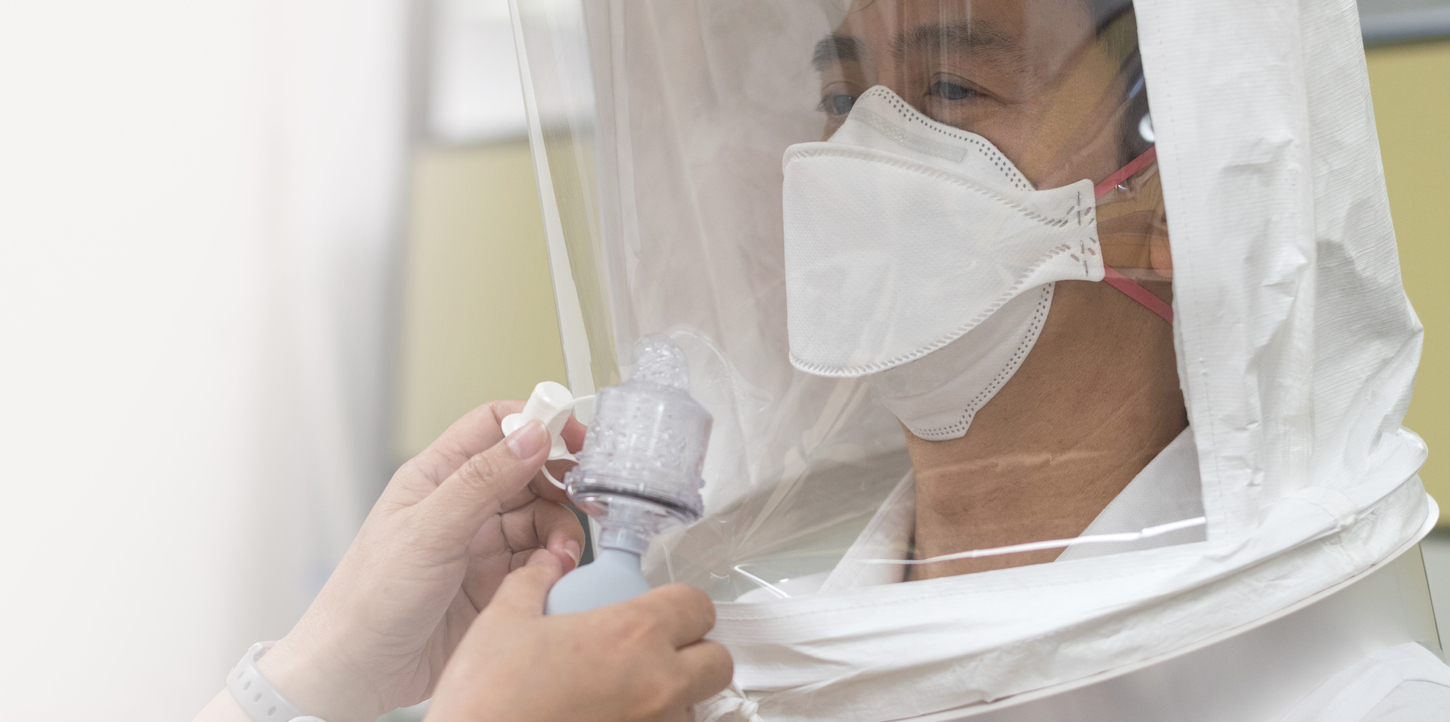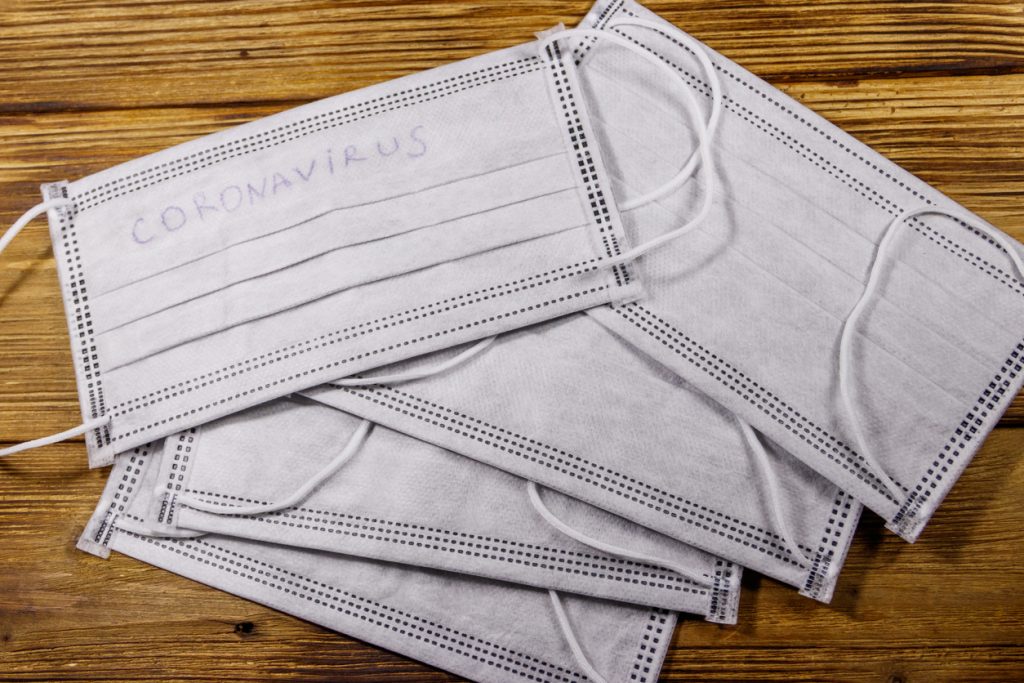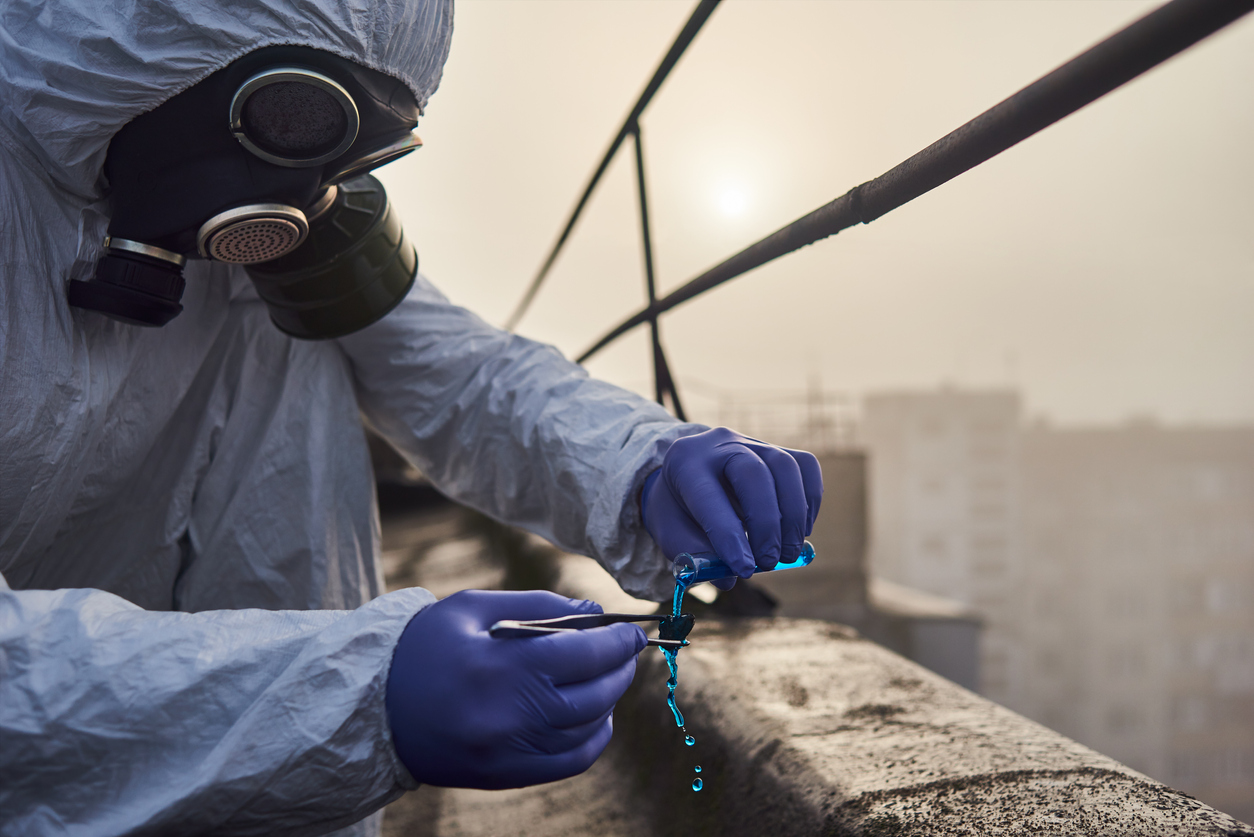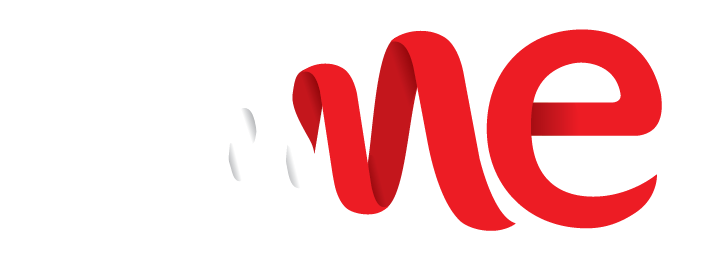Your hearing is an important asset. Once it is lost or damaged, there is very little you can do to get it back. This is why hearing loss prevention, through PPE, administrative and engineered controls, is so vital.
To ensure your safety, it is important to learn about the decibel level protection guidelines and schedule an audiometry test.
Why It is Important to Get an Audiometry Test
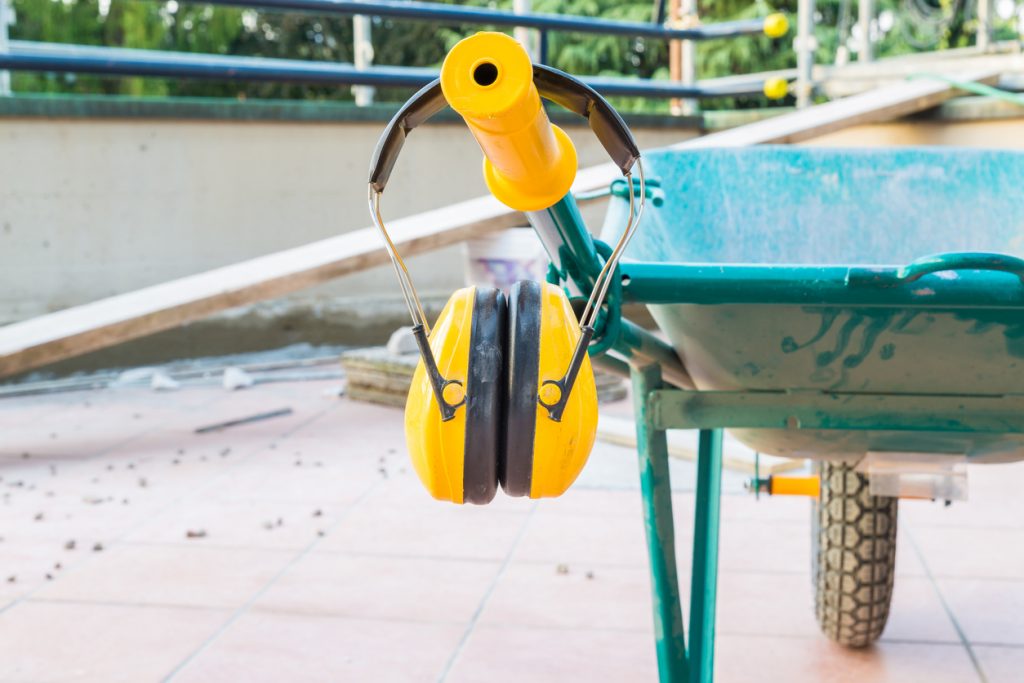
The Recommended Threshold for Hearing Protection is 85dBA Lex
Specific industries are prone to loud noises. Just think about working in a factory or on a tarmac at an airport. Employees at welding shops or construction sites are particularly vulnerable to hearing loss. This is why experts have taken the time to measure when this damage occurs. By knowing when damage occurs, it is possible to set necessary safeguards on the working conditions.
According to experts, hearing protection should always be worn when the sound level reaches 85dBA Lex. If the sound exceeds 85dBA Lex, and you are exposed for longer than the Occupational Exposure Limit (OEL), you may be at risk of noise-induced hearing loss.
For effective prevention, invest in quality custom ear protection and monitor changes to your hearing with regular audiometric testing.
How to Measure Detrimental Decibel Levels – Noise Measurement & Hearing Loss
Measure the Loudness by Undertaking a Noise Measurement Assessment
While your employer should be responsible for determining the noise levels in a busy work environment, it is not a process you should leave to chance.
If you do not have access to sound level meters or noise dosimeters to measure the levels, you should know that we provide noise measurement services that include sound mapping and noise dosimetry.
These services aim to determine the noise levels in your workplace and occupational exposure of your employees, thereby providing you with an opportunity to implement a hearing conservation program that includes routine audiometric testing and custom ear protection.
Watch for Other Signs of Hearing Damage
Another way to make sure that you are staying safe is to track the signs of hearing loss over time. Audiometric testing is the best way to record lasting changes, but pay attention to ringing in the ears, difficulty hearing conversations and other subtle indicators.
Additionally, you may experience temporary hearing loss in loud situations. Remember, any time you hear ringing in your ears or have to shout to be heard, you should perform a hazard assessment and wear proper hearing protection if there are signs that the environment is too loud.
You should not let these symptoms go unchecked. If you notice any issues with your hearing, start wearing protective gear right away.
The OH&S code requires employers to have their employee’s hearing checked with an audiometry test if they are exposed to noise regularly. This test can help you determine the state of your hearing.
Rocky Mountain Mobile Hearing Testing is your locally owned and operated Calgary business. We are committed to providing mobile hearing testing services and other safety tests, to numerous industries and companies in Western Canada. Our services are part of the WorkSafeBC Provider Network, while our sound booths are approved by the CSA. We offer audiometry testing, mask fit testing, custom earplugs, noise measurements, help with implementing a hearing conservation program, and spirometry testing. If you want to improve your workplace, leave it in the hands of our team. Contact us today on (403) 399-4775.
